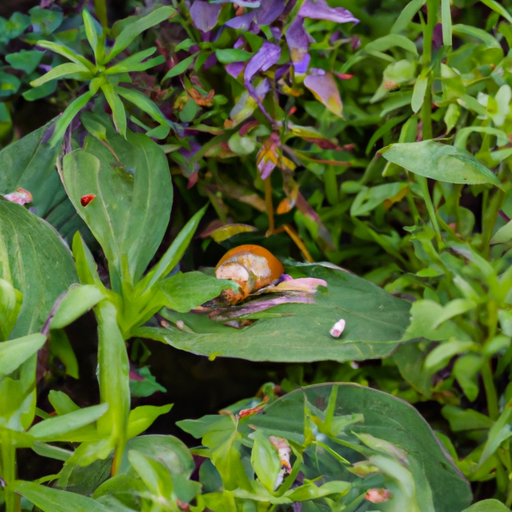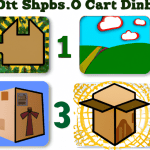Introduction
Slugs and snails are fascinating creatures that can be found in various habitats around the world. Whether you are a nature enthusiast or a gardener looking to understand these slimy creatures better, knowing where to find them can be quite useful. In this article, we will unveil the secret hideouts of slugs and snails, providing you with valuable insights into their preferred habitats.
1. Gardens and Backyards
One of the most common places to find slugs and snails is in gardens and backyards. These creatures are attracted to the abundance of vegetation and moisture found in these areas. They often hide under leaves, in damp soil, or beneath rocks and logs. If you have a garden, pay close attention to areas with dense foliage or damp conditions, as these are prime spots for slugs and snails to thrive.
2. Forests and Woodlands
Slugs and snails are also prevalent in forests and woodlands. These environments provide them with a rich source of food and shelter. Look for them in areas with decaying logs, fallen leaves, and damp soil. They may also be found on tree trunks, especially during rainy or humid weather. Take a leisurely walk through a forest, and you are likely to encounter these fascinating creatures along the way.
3. Moist and Shady Areas
Slugs and snails prefer moist and shady areas, as they are highly sensitive to dry conditions. Moisture helps them stay hydrated and prevents their bodies from drying out. Keep an eye out for them in shady corners of your yard, under rocks, or in damp patches of soil. These areas provide the ideal conditions for slugs and snails to thrive.
4. Flowerbeds and Mulched Areas
If you have flowerbeds or mulched areas in your garden, chances are you will find slugs and snails there. The organic matter in flowerbeds and mulch provides them with a constant source of food. Check under flower pots, around the base of plants, or in the mulch itself. Be cautious, as these creatures can sometimes cause damage to delicate plants.
5. Vegetable Gardens
Slugs and snails are notorious for their love of vegetable gardens. The lush greenery and succulent leaves of vegetables make them an irresistible feast for these creatures. Inspect your vegetable plants carefully, especially during the early morning or evening when slugs and snails are most active. Look for slimy trails or chewed leaves as signs of their presence.
Conclusion
Knowing where to find slugs and snails can help you better understand their behavior and take appropriate measures to manage their populations. Whether you are a gardener or simply curious about these creatures, exploring their secret hideouts in gardens, forests, moist areas, flowerbeds, and vegetable gardens can provide you with valuable insights into their world. Remember to handle them with care and respect their role in the ecosystem.




